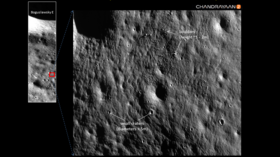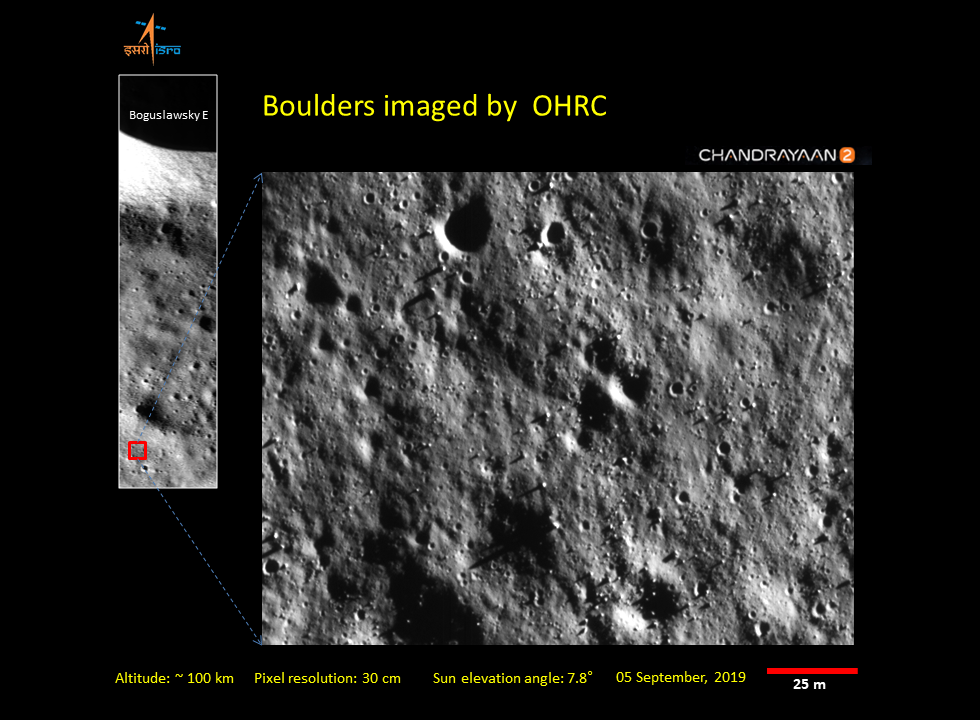India’s space agency delights stargazers with new lunar PHOTOS on International Observe the Moon Night

Encouraging space enthusiasts around the world to celebrate lunar science and exploration, the Indian and US space agencies offered fresh views of our satellite through a trove of photos and a visualization of the Moon's surface.
The International Observe the Moon Night event is held annually, around the anniversary of the launch of the first artificial satellite Sputnik 1 back on October 4, 1957, when the Moon is in its first quarter and offers the best observing conditions along the terminator line. Thousands of people around the globe participated in hundreds of events this weekend, interpreting the term ‘observe’ broadly and celebrating the Moon one way or another.
Goodnight Sun – hello Moon! 🌝 It's International #ObserveTheMoon night & we’re inviting you to celebrate the cultural & personal connections we all have w/ our celestial neighbor! Check out:🗓️ Events near you: https://t.co/gBpUlrSwff🔭 Ways to observe: https://t.co/teSSvMKlFCpic.twitter.com/qIPZuabTBV
— NASA (@NASA) October 5, 2019
For the occasion, India released a fresh trove of photos of the Moon’s less explored south pole, captured by the Orbiter High Resolution Camera (OHRC) onboard the Indian Space Research Organization’s (ISRO) Chandrayaan-2. Despite the failed Moon landing attempt by lunar lander Vikram, the orbiter continues its scientific research as part of India’s most ambitious space mission to date.
#ISROHave a look at the images taken by #Chandrayaan2's Orbiter High Resolution Camera (OHRC).For more images please visit https://t.co/YBjRO1kTcLpic.twitter.com/K4INnWKbaM
— ISRO (@isro) October 4, 2019

To make sure no sky watcher was left disappointed as a result of cloudy weather, last month NASA released a spectacular animation of the lunar landscape, composed of data from the Lunar Reconnaissance Orbiter (LRO). The CGI moon kit was originally intended for internal use at NASA’s Scientific Visualization Studio, but the agency decided to release it online to make the raw data more “accessible to a general audience.”
Like this story? Share it with a friend!












